An infographic is a visual representation of information, data or knowledge and is intended to present information quickly and clearly. They are made up of a collection of imagery, charts and minimal text, organised in a way that gives readers an easy-to-understand overview of a topic. They help readers identify key points by putting the focus on the most important information.
Infographics are incredibly popular among marketing efforts and thought leadership, as they are quick, visually appealing ways of presenting information (and are easily sharable across social media). They are a way to build your brand awareness and boost engagement.
Why are infographics used?
Infographics can be useful whenever you need to communicate information quickly, or any time you want to make an impact with your data or your message. In addition to grabbing a reader’s attention, infographics are used to help make complex information easy to digest. They are useful tools if you want to:
- Provide a quick overview of a topic
- Present Survey Data
- Simplify a Complex Concept
- Explain how something works
- Show the history or evolution
1. Informational Infographic
What it’s used for: Providing a quick overview of a topic
Informational infographics are hugely popular for use on social media. The below example was created to visually enhance the title of an article. By using icons, shapes colours and other visual elements, emphasis was placed on the most important information to help the user understand quickly what the article is about.
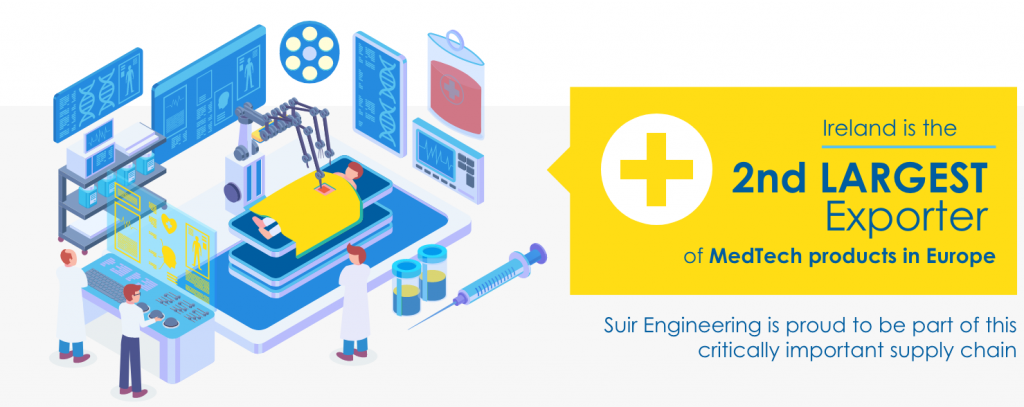
2. Statistical Infographic
What it’s used for: Presenting survey data
Infographics are highly useful when presenting results gathered from survey data. Statistics and numbers can overwhelm audiences, resulting in a loss of their attention. The use of an infographic helps readers quickly obtain the most meaningful data.
A statistical infographic puts the focus on your data. The layout and visuals will help you tell the story behind the data and what is most important for the readers to remember.
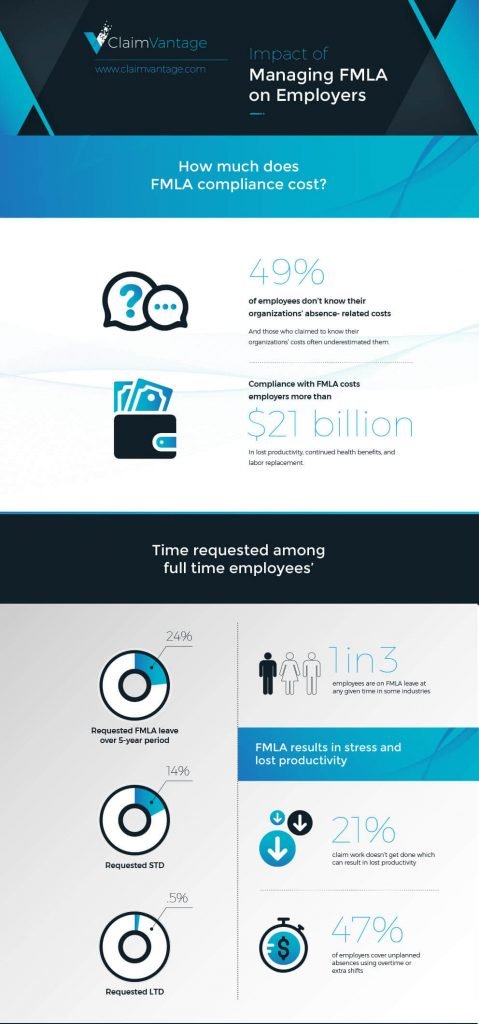

3. Simplifying the Complex Infographic
What it’s used for: Presenting an overview of a topic in an easy-to-understand visual
The main purpose of an infographic is to simplify a complex idea, specifically when presenting an overview of a topic instead of an in-depth explanation. When complex topics and data are presented in raw form (text), they can be difficult to deliver and understand, but when they are condensed and shown visually, they can become much easier to understand.
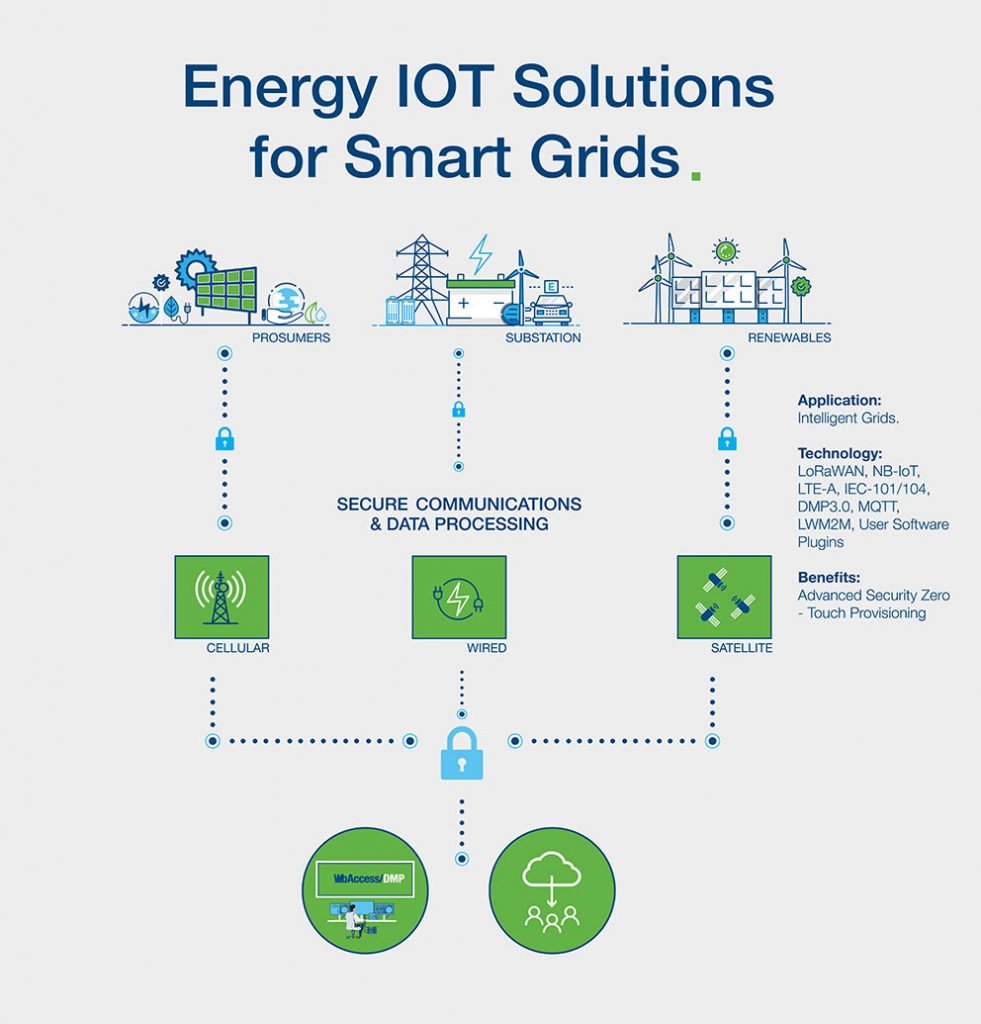

4. Process Infographic
What it’s used for: Explaining how something works
In addition to simplifying complex ideas, infographics are often used to reveal the details behind how intricate objects work. Process infographics will allow you to simplify and clarify each step. Most process infographics follow a straightforward top-to-bottom or left-to-right flow.
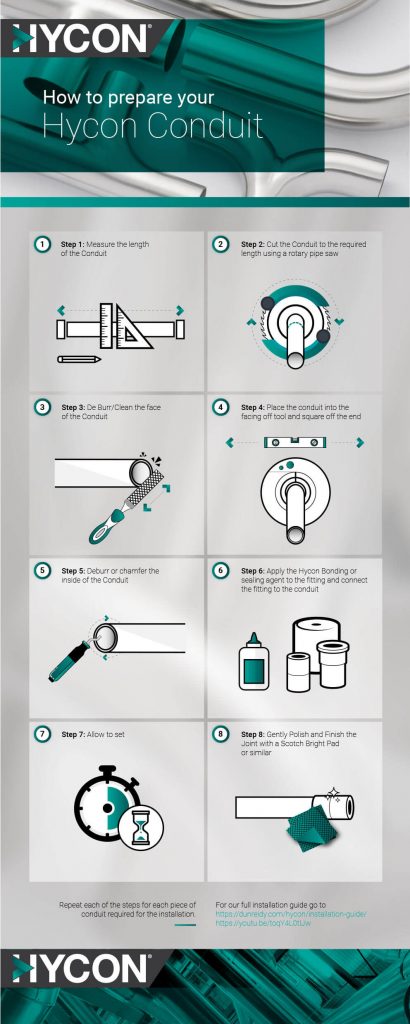

5. Timeline Infographic
What it’s used for: Visualising the history of something
Organisations use timeline infographics to display the history or progression of something.
Using graphics or images to highlight important dates, or to give an overview of events (for example, a project timeline) can help the reader have a clear understanding of a timeframe.
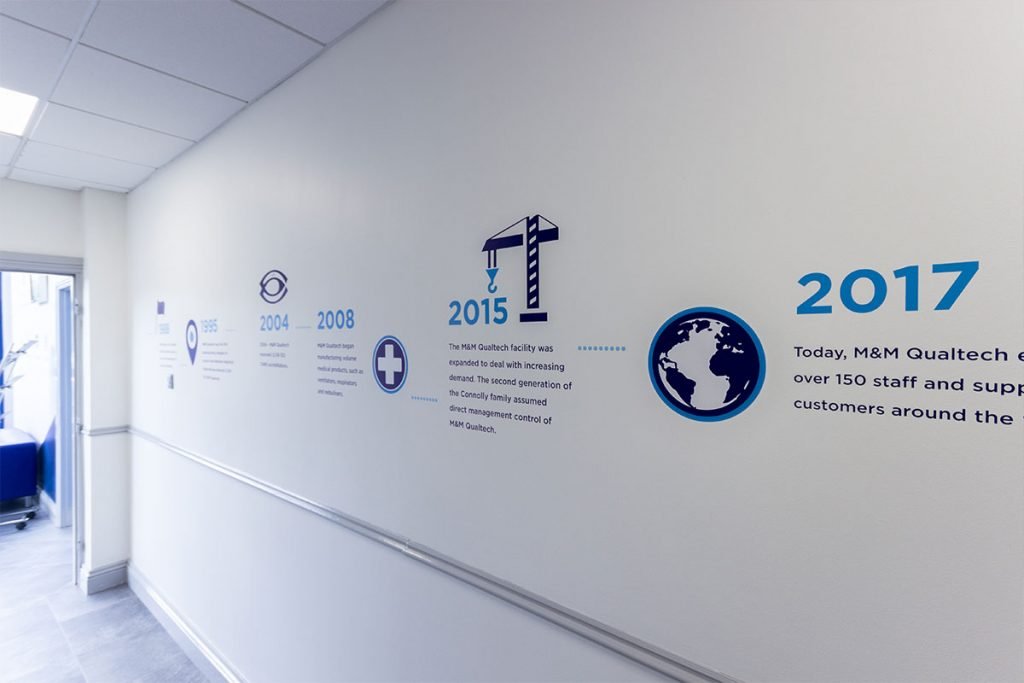

So, what do I do with an infographic?
Infographics are a way to dress up your content and capture the attention of your audience. They are useful to use across multiple platforms. For example, you can create an infographic about your business’s product and share it:
- On your product page (showing how the product works)
- On your blog (split into sections to emphasise different points of an article)
- On social media platforms (with link back to landing page, product page, blog, etc.)
- In your email (as a way to break up the text – highlighting the most important details you wish the reader to understand)
- As an advertisement (print or digital)
For further branding and content marketing ideas, you can check out our portfolio page here.
